The Lewisham Frailty (loss of resilience that means people don’t bounce back quickly after a physical or mental illness, an accident or other stressful event) Pilot addressed the priority area of frailty support in healthcare delivery, projecting that our current population of approximately 18,000 people experiencing frailty will grow to 30,000 by 2040 (poppi.org.uk). The pilot, which was delivered within The Lewisham Care Partnership PCN in 2021-2022, aimed to proactively identify frail patients at risk of deterioration, implementing a multidisciplinary response to support them, maintain independence, and reduce emergency use of health services
A Population Health Management (PHM) approach was used, leveraging data from acute, community, and primary care services to develop a dashboard to identify priority patients. The criteria for patient identification included being housebound, aged 65 or over, registered with The Lewisham Care Partnership (TLCP) primary care network, having an Electronic Frailty Index (eFI) classification of moderate or severe, and meeting specific additional criteria related to negative changes in e-FI class, fall-related admissions, or emergency admissions.
Patients were provided with wraparound support, with a personalised care plan developed with a multidisciplinary team, following the completion of a Comprehensive Geriatric Assessment (CGA).
Outcomes include positive feedback from patients and family members, met care needs, reduced side effects through medication review, and appreciation for the time and attention of clinicians during home visits. The multidisciplinary team (MDT) found the experience positive, fostering meaningful interactions, professional relationships, and skills development. The pilot achieved a 76% uptake from patients contacted, with 110 Comprehensive Geriatric Assessments (CGA) completed. A review of patient’s use of health services in the six months before and after the CGA found a reduction in acute/unplanned care (eg 27% reduction in unplanned admissions) with an increase in tailored planned/community care (eg 68% increase in activity with the community continence service, and 34% increase in podiatry appointments).
Quotes from participants highlight the value of the service, with patients expressing gratitude for the thoroughness of health assessments. ‘I found the visit very helpful. I didn’t have any family, so I was glad to have someone to help me and grateful to be able to discuss a lot of different things, like hoping to be able to bath/shower again. I was very happy that the doctor took the time to come and see me; they were very thorough with all the questions about my health’.
Next steps involve using learning from the pilot to develop a Lewisham-wide approach to proactive frailty care.
Benefits of PHM in the project include the proactive identification of patients at risk of frailty deterioration and an understanding of patient use of health services. An evaluation of the pilot has also been completed which considered the impact of the pilot on patients and the wider health system.
If you would like any further information on the frailty pilot or evaluation, please contact emma.nixon4@nhs.net (Clinical and Care Professional Lead for Older Adults (SEL ICS – Lewisham).

